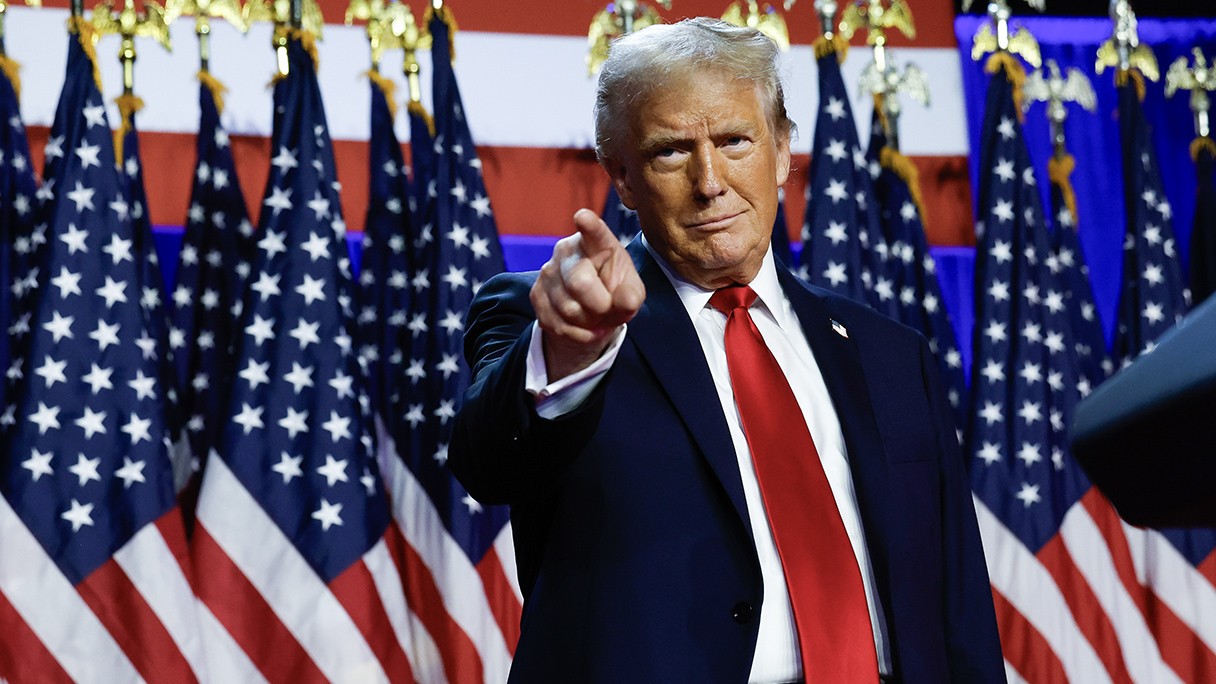
Donald Trump’s recent statement that 600,000 Chinese students are “welcome” in the United States marks a striking shift in tone and policy. During his presidency, his administration took a cautious, often hostile, approach toward Chinese nationals studying in the U.S. Citing fears of espionage, national security risks, and intellectual property theft, visa restrictions were tightened and scrutiny on students linked to Chinese military institutions increased. This created a chill in U.S.-China educational exchanges. However, his latest comments acknowledge the “brilliance” of these students and the substantial contributions they make to the U.S. economy and innovation ecosystem. Beyond Border points out that this pivot reflects a pragmatic recognition that retaining top international talent, especially in STEM fields, is essential to keeping the U.S. competitive on the global stage.
The impact of this shift is especially significant for American universities and employers. Chinese students form the largest share of international students in the country, collectively contributing billions each year in tuition and living expenses. Universities rely on this funding, and a friendlier stance could stabilize their finances, enhance research output, and diversify campus environments. More importantly, encouraging these students to stay and work in the U.S. after graduation injects highly skilled labor directly into the economy, particularly in technology and science sectors. Beyond Border emphasizes that retaining these graduates strengthens the workforce and bolsters innovation capacity, ensuring that the U.S. doesn’t lose its edge to other global powers. This shift suggests a more balanced immigration approach—one that sees international students not as threats but as strategic assets for long-term growth.
The political consequences of Trump’s announcement are equally noteworthy. His move has been described as “MAGA-splitting,” as it contrasts sharply with the hardline anti-China stance that resonated strongly with his core supporters. Balancing “America First” rhetoric with the clear need for global talent retention presents a delicate challenge. Yet, the calculation seems clear: the economic and innovation benefits of welcoming Chinese students may outweigh any backlash among parts of his base. On a global scale, this softer stance could slightly ease U.S.-China tensions by fostering educational and people-to-people exchanges, even while broader geopolitical competition continues. Beyond Border views this as a pivotal recalibration of immigration and education policy—one that blends domestic economic needs with a more nuanced global strategy. Trump’s surprising welcome is not just a change in tone but a policy U-turn that will be closely watched for its impact on U.S. competitiveness, higher education, and international relations.